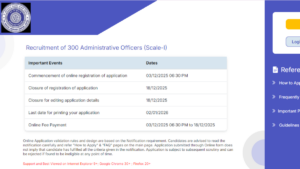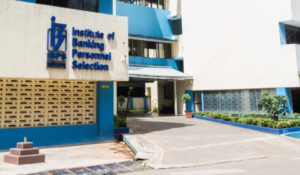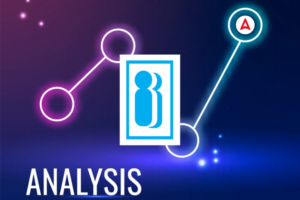Q1. A mixture contains milk and water in the ratio 5 : 1. On adding 5 liters of water, the ratio of milk and water becomes 5 : 2. The quantity of milk in the original mixture is?
Q2. A vessel contains 1 litre mixture of kerosine and disel and the other vessel contains 2 litre mixture of the same. The ratio of kerosine and disel in first and second vessels is 5 : 4 and 7 : 2 respectively. The mixture of second vessel is poured back to first vessel. Find the ratio of kerosine and disel in the first vessel.
Q3. Rishabh bought 25 kg of wheat at the rate of Rs. 6 per kg and 35 kg of wheat at the rate of Rs. 7 per kg. He mixed both type of wheat and sold the mixture at the rate of Rs. 6.75 per kg. What was his gain or loss in the transaction?
= 6.75 × 60 – (25 × 6 + 35 × 7)
= Rs. 10, gain
Q4. In an examination 34% of the students failed in Mathematics and 42% failed in English. If 20% of the students failed in both the subjects, then the percentage of students who passed in both the subjects was
Failed in any or both subjects = 14 + 20 + 22 = 56%
Passed in both the subjects = 100 – 56 = 44%
Q5. Rahul started a business with a capital of Rs. 8000. After six months, Sanjay joined him with some investment. If at the end of the year each of them gets equal amount as profit, how much did Sanjay invest in the business?
Directions (6 – 10): The Graph shows the number of houses to be constructed in various states over the Years Under Pradhan Mantri Awas Yojna. Study the following graph carefully and answer the questions given below.
Q6. The total number of houses to be constructed across the states in the year 2016 are approximately what percent of the total number of houses to be constructed across the State in the year 2021?
Q7. What is the difference between the total number of houses to be constructed in the year 2018 and the year 2021 across all states?
2021: 50,000 + 40,000 + 20,000 + 20,500 + 12,500 + 20,000 = 1,63,000
Difference = 1,63,000 – 1,12,000 = 51,000
Q8. Which among the following states has to construct maximum houses in all the given years together?
UP: (10 + 20 + 25 + 40 + 40 + 60 + 50) 1000 = 2,45,000
MP: 5,500 + 20,000 +18,000 + 25,000 +25000+ 30,500 + 40,000 = 1,64,000
HP: 2,000 + 5,000 + 5,000 + 10,000 + 5,000 + 15,000 + 20,000 = 62,000
Gujarat: 12,000 + 10,000 + 15,000 + 15,000 + 20,000 + 15,000 + 20,500 = 1,07,500
Telangana: 12,500 + 7500 + 5500 + 10,000 + 5,500 + 7,500 + 12,500 = 61,000
Bihar: 10,000 + 8,500 + 6,500 + 12,000 + 15,000 + 12,500 + 20,000 = 84,500
Clearly, UP has maximum number of houses to be constructed all over the years.
Q9. If the 60 % of the number of houses to be constructed in 2016 in U.P. would be rescheduled for next year and added to the next year’s tally then, now what is the ratio of houses to be constructed in 2016 to houses to be constructed in 2017 in UP?
Q10. Total houses to be constructed in Gujarat over all year is what percent more/less than total houses to be constructed in H.P. over all the years?
Directions (11-15): What will come in place of question mark (?) in the following number series?
Q11. 1, 5, 29, 209, ?, 20789
Q12. 71 , 88, 113, 150, 203, ?
Q13. 359, 437, 523, 615, 711, ?
Q14. 3, 5, 17, 97, 769, ?
Q15. 15.5, 29, 56, 96.5, 150.5, ?





 OICL AO Apply Online 2025 Starts at orie...
OICL AO Apply Online 2025 Starts at orie...
 IBPS PO Interview Call Letter 2025 Out a...
IBPS PO Interview Call Letter 2025 Out a...
 CAIIB BRBL Exam Analysis 2025, 14 Decemb...
CAIIB BRBL Exam Analysis 2025, 14 Decemb...








